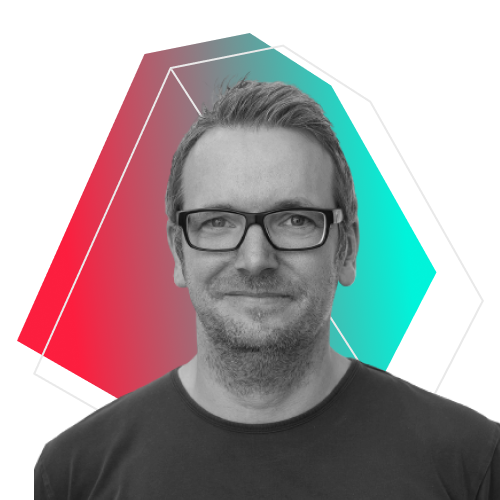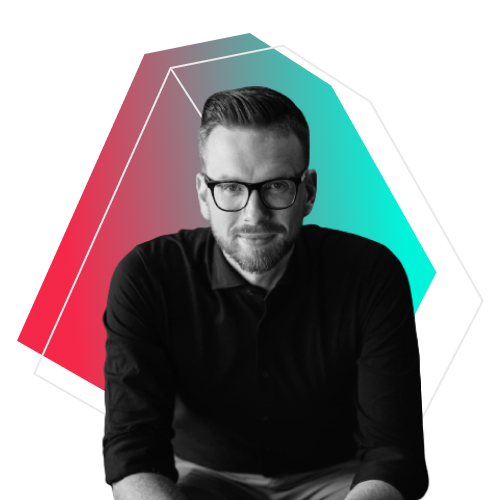From Associate to Senior, to Head of, to CPO — That’s the linear career model most of us are taught to aspire when entering a career in product. But what if there’s more than one direction to grow as a Product Manager? Having gone through the motions of going from IC to Manager and now „back“ into the trenches, Timo will share his thoughts and experiences on non-linear career models for Product Managers. Besides, we’ll revisit how this journey has changed his perspective on the practical everyday work in product and what he’d do differently in hindsight.

Senior Product Manager at HubSpot and former VP Product at Jodel.

Timo is a Sr. Product Manager at Hubspot. Coming from a background in audio engineering, Timo stumbled into product management when working on a very early Spotify competitor – simfy. There he discovered his passion for Growth, User Psychology, and metric-driven Product Development, which took him to XING, where he worked for three years on the Growth team. After that, he started his journey at LOVOO (Mobile Dating), became the CPO, helped the company to get acquired for 70M+ Euros, and led the efforts to launch a new product line, which is building the foundations of LOVOOs future growth. For roughly 1.5 years, he worked then as a Product Mentor and -Coach, before taking on a new challenge in the startup world with Jodel, a local social app from Berlin.

Product Management Coach and Moderator.

Tim Herbig is working as a Product Management Coach with product managers and teams worldwide to connect the dots through empathy and structure. By introducing confidence and skills to their way of working, he ensures that they can and want to own their Product Strategy, Goals, and Product Discovery.
He worked in various in-house and consulting roles as a Product Manager and Head of Product for more than ten years. He constantly challenged himself to make an evidence-informed way of working in industries like publishing, professional networking, and building Enterprise-level SaaS applications. He knows what it takes to balance large-scale product iterations with the scrappiness of a pre-Product-Market-Fit state.